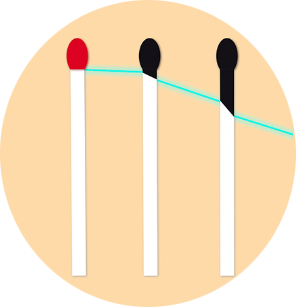The project Patient-centred pathways of early palliative care, supportive ecosystems and appraisal
standard (InAdvance) inadvanceproject.eu proposes a
model
of palliative care (PC) based
on early integration and personalised pathways addressed specifically to older people with complex
chronic conditions. Thus, the overall aim of InAdvance is to improve the benefit of PC through the
design of effective, replicable and cost-effective early PC interventions centred-on and oriented-by
the
patients. To achieve this main goal, InAdvance will produce the following evidence-based
outputs to assist care professionals, service managers and policy and decision-makers in their
scalability and replicability: a) stratification tools to identify potential beneficiaries of early
PC
actions; b) optimised interventions co-designed by needs and preferences from patients and their
relatives; c) eHealth tools addressed to empower palliative patients ecosystem; d) policy
recommendations and clinical guidelines addressed to service providers and policy and
decision-makers;
e) an appraisal standard and dashboard facilitating a critical and comprehensive comparison between
actions and interventions derived from the project.
The predictive models
The predictive models in this website are the result of a joint research effort performed by the
Biomedical Data Science Lab (BDSLab) in collaboration with
Hospital
Universitari i Politècnic La Fe, both from Valencia
(Spain)
in the context of the inAdvance project. All of the predictive models use information obtained
for
each
patient on the hospital admission
The three available predictive models are:
-
One-year mortality: Predicts the probability of a patient dying in one year since its
admissions to the hospital.
-
Survival regression: Estimates the amount of days from admission to exitus. Used to
complement the informacion provided by the one-year mortality model.
-
Frailty classification:
Predicts the probability of a patient being frail in one year.
The three available models have been trained both the same way: in first place we performed a
recursive
feature elimination process per model, selecting the 20 most important variables according to
the
GINI
importance in a random forest. After that, a gridsearch was conducted to find an optimal
hyperparams
combination using the Gradient Boosting Machine (GBM) as base model. Finally, we evaluated the
performance of the models using a k-fold (k=10) validation. The results of the study will be
available
soon as a preprint here: COMING SOON!. The models exposed in this website are trained
with
most
of the original samples.


